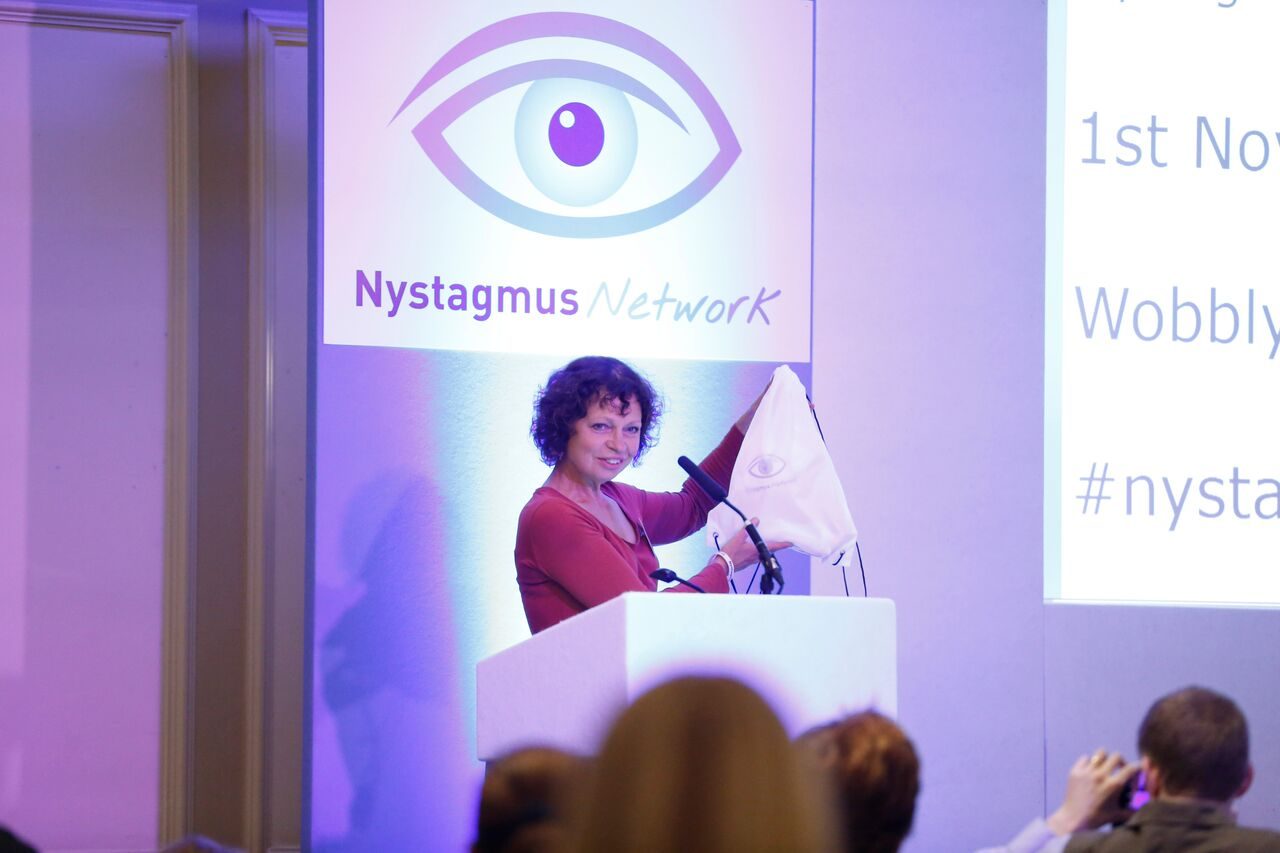When my baby daughter was 6 weeks old, somebody wearing a white coat told me she was blind. She wasn’t blind. I knew that. But I also knew there was something wrong with her eyes. It turned out to be nystagmus. I’d never heard of it before.
From that day on, our nystagmus journey began.
Nystagmus is characterized by uncontrolled eye movements, which make focusing very difficult. It is a lifelong condition and cannot be corrected with glasses or contact lenses.
Most people with this condition have impaired depth and distance perception, which can mean mobility problems and often rules out ball sports. Reading and writing are obviously a challenge.
It’s not always clear what causes nystagmus. My daughter’s is one of the many “idiopathic” cases, a fancy medical term for “cause unknown.”
Like the estimated 1 in 400 children in school with nystagmus, my daughter needed a lot of support – adapted worksheets, large print text books, extra time in exams. I remember it took her months to read the first Harry Potter book in Point 18 font. But she did it and has never stopped reading since.
People with nystagmus are often sidelined, socially. Making eye contact is difficult and so is reading facial expressions and body language. Even recognizing your own friends and family can be a challenge in a crowded place. My daughter was called names at school.
My little “blind” baby taught me all I know about how to support her, from the early years and on through school. She now has a degree in philosophy and a successful career. She will never be able to drive, so she lives and works in the city. She frequently stumbles on steps, knocks over drinks and even occasionally wears odd shoes (!), but, despite her disability, she is certainly living life to the fullest.
And me? I’m privileged to work for the Nystagmus Network, the registered UK charity I turned to all those years ago for support and information. Now I’m supporting the nystagmus community every day, including families just like ours.
Greater awareness within the wider population – of nystagmus and the challenges of vision impairment generally – will make the single biggest difference to the quality of life of adults and children living with nystagmus.
That’s why we celebrate national and international Nystagmus Awareness Day every year on the 20th of June.
The first time Sue heard the word “nystagmus” was when her baby daughter was just 6 weeks old. They’re still learning together about this complex eye condition. Sue now works for the Nystagmus Network, registered charity 803440, which supports the nystagmus community, raises awareness of the condition and funds research. To learn more, follow the Nystagmus Network on Facebook and X (formerly Twitter).



